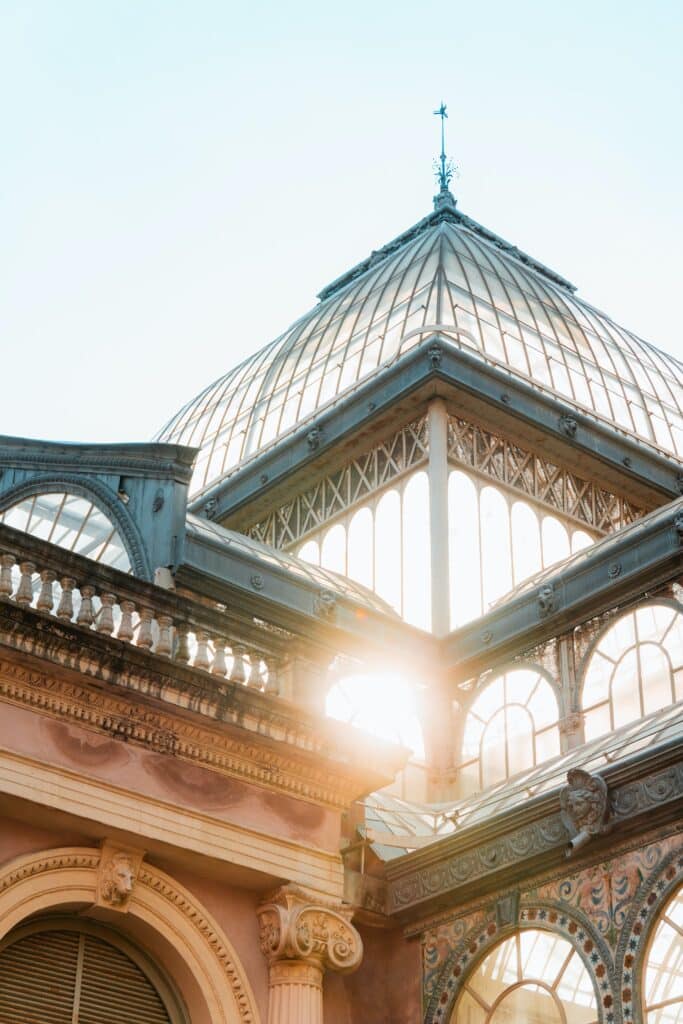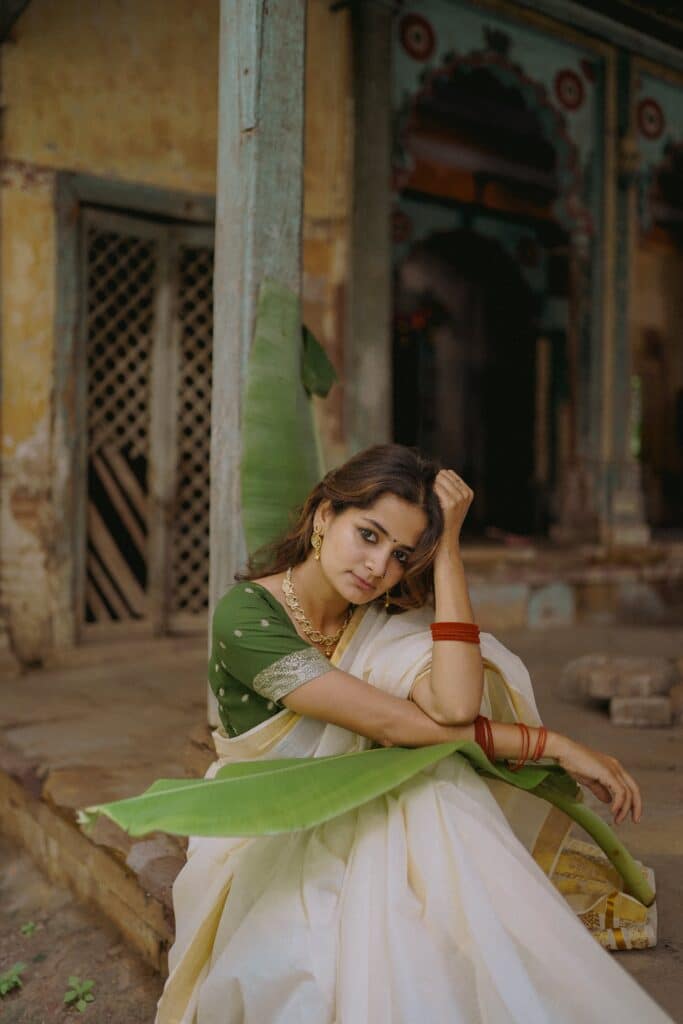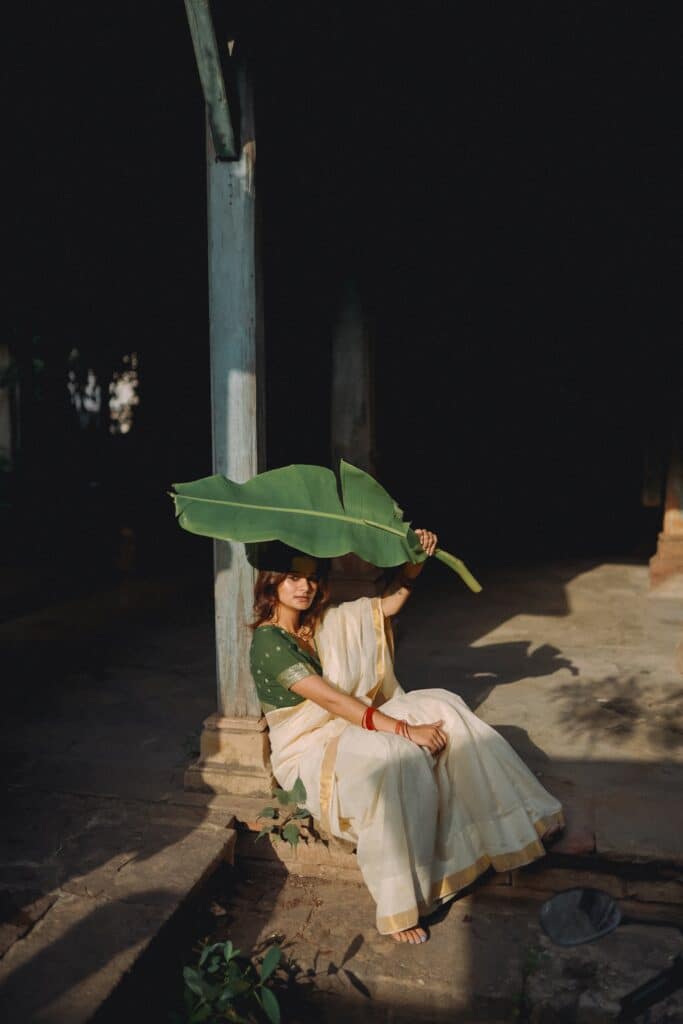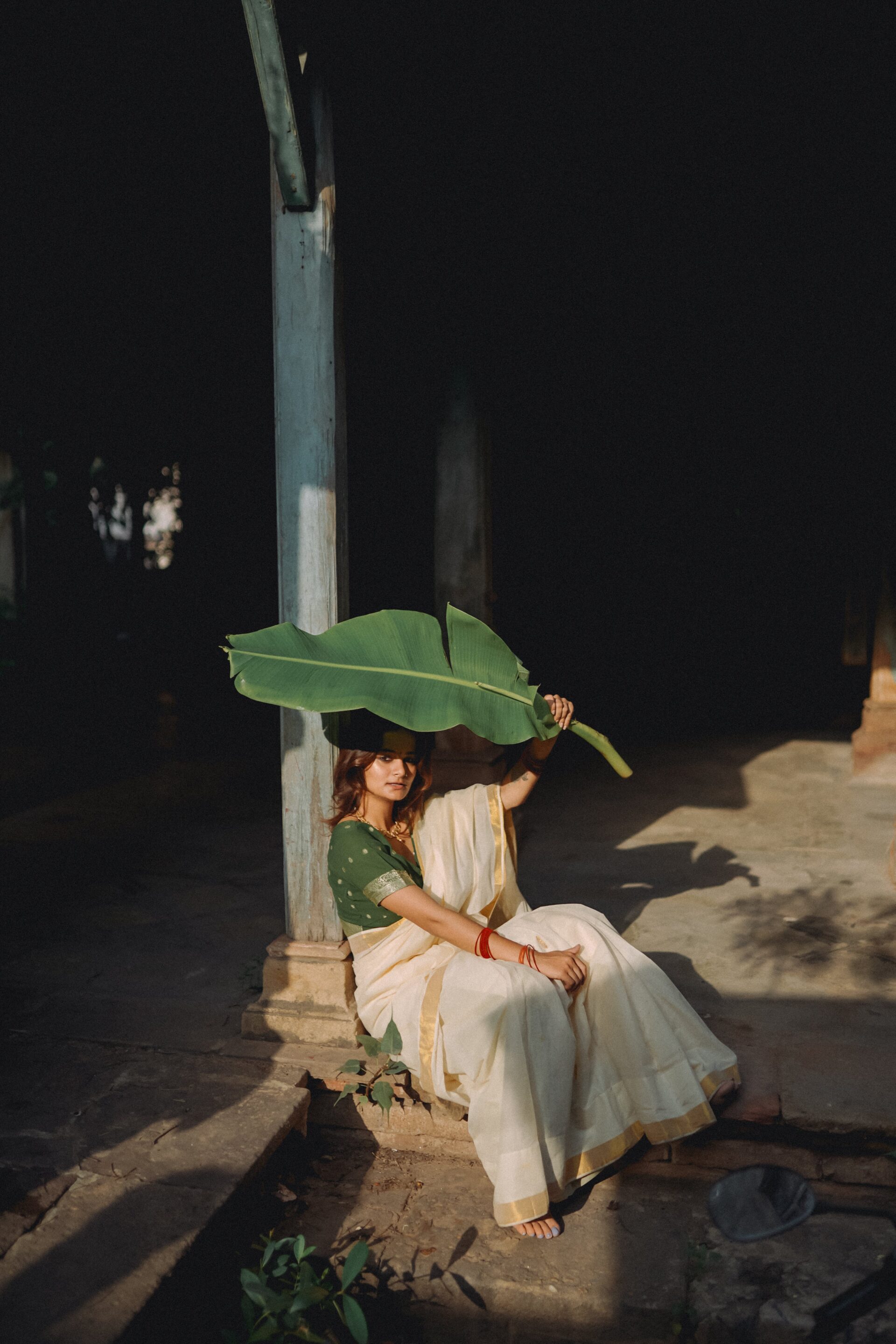Are you ready to embark on a vibrant journey through the cultural wonders of Guanacaste? In this article, we will take you on a series of exciting day trips that will immerse you in the rich traditions and fascinating history of this captivating region. From exploring the mysteries of ancient indigenous civilizations to witnessing local artisans create intricate handicrafts, each cultural excursion promises to be a truly enlightening experience. So grab your camera and embrace the beauty of Guanacaste as we delve into its vibrant tapestry of culture and heritage.

Santa Cruz – The Cultural Hub of Guanacaste
Overview of Santa Cruz
Located in the province of Guanacaste, Santa Cruz is a vibrant town known for its rich cultural heritage and deep historical significance. Situated in northwest Costa Rica, this charming town attracts visitors with its warm climate, stunning landscapes, and diverse cultural attractions. Santa Cruz offers a remarkable glimpse into the history and traditions of Guanacaste, making it a must-visit destination for anyone seeking an authentic cultural experience.
Significance of Santa Cruz in Guanacaste’s History
Santa Cruz holds a prominent place in the history of Guanacaste. It was one of the first towns established in the region and played a crucial role in the development and formation of Guanacaste’s identity. The town has been a witness to the struggles and triumphs of the people throughout the centuries. From its indigenous roots to the influence of colonialism, Santa Cruz stands as a testament to the rich tapestry of Guanacaste’s past.
Major Cultural Attractions in Santa Cruz
Santa Cruz boasts a plethora of cultural attractions that showcase the region’s history and traditions. One such attraction is the Miguel Angel Quesada Castro Museum, which houses a fascinating collection of artifacts and exhibits that depict the indigenous and colonial history of Guanacaste. The town’s central plaza, Plaza de la Cultura, is another must-visit spot, where locals gather to celebrate festivals and showcase their traditional dances and music. Additionally, Santa Cruz is home to several colonial-era landmarks, such as the historic church of Santa Cruz and the Casa de la Cultura, which host various cultural events and exhibitions throughout the year.
The Indigenous Influence in Guanacaste
Understanding the Chorotega Tribe
The Chorotega tribe is the indigenous group that once inhabited the Guanacaste region. Known for their expert pottery-making and agricultural practices, the Chorotega people had a profound impact on the cultural heritage of Guanacaste. By understanding the customs, beliefs, and way of life of the Chorotega tribe, one can truly appreciate the depth and richness of Guanacaste’s indigenous culture.
Impact of Chorotega Culture on Guanacaste
The Chorotega culture continues to have a significant influence on Guanacaste’s identity. Their art, pottery, and agricultural techniques have become an integral part of the region’s cultural fabric. Many traditional dishes, songs, and dances in Guanacaste are deeply rooted in the Chorotega traditions. The Chorotega legacy is celebrated and preserved through various cultural events and festivals held in Santa Cruz and its surrounding areas.
Chorotega Artifacts and Landmarks
Exploring the Chorotega artifacts and landmarks provides a fascinating window into the ancient traditions and way of life of the Chorotega tribe. The Museum of Guanacaste in Santa Cruz displays an impressive collection of Chorotega pottery, sculptures, and tools, allowing visitors to appreciate the craftsmanship and artistic skills of this indigenous group. Additionally, there are several archaeological sites in the region, such as the Guaitil village, where visitors can witness traditional pottery-making demonstrations and learn more about Chorotega heritage.

Folklore Traditions in Guanacaste
Role of Folklore in Guanacaste Culture
Folklore plays a vital role in the vibrant culture of Guanacaste, capturing the essence of the region’s traditions and beliefs. Through storytelling, music, and dance, the folklore of Guanacaste is passed down from generation to generation, ensuring the preservation of local heritage and customs. Folklore adds depth and color to the cultural landscape of Guanacaste, making it a fascinating destination for those interested in immersing themselves in authentic cultural experiences.
Exploring La Pinta, La Niña, La Santa María Folklore
One of the most captivating folklore traditions in Guanacaste revolves around the reenactment of Christopher Columbus’ arrival in the Americas. Known as La Pinta, La Niña, La Santa María, this celebration brings together locals dressed in traditional costumes, while others act out the historic events. The festival showcases traditional dances, music, and theatrical performances, allowing visitors to witness and participate in this unique cultural experience.
Signature Folkloric Dances of Guanacaste
Guanacaste is renowned for its vibrant folkloric dances that reflect the region’s cultural diversity. One such dance is the Punto Guanacasteco, a lively and energetic dance characterized by rhythmic footwork and colorful costumes. This dance, accompanied by traditional music, is often performed during festivals and cultural celebrations. Another iconic folkloric dance of Guanacaste is the Zapateado, a foot-stomping dance that originated from Spanish and African traditions. These folkloric dances are a true expression of the spirit and passion of Guanacaste’s cultural heritage.
Gastronomy of Guanacaste
Signature Dishes of Guanacaste
The gastronomy of Guanacaste is a blend of indigenous, Spanish, and African influences, resulting in a unique and flavorful cuisine. Some of the signature dishes of the region include the traditional Guanacaste-style tamales, which are made with seasoned corn dough and filled with succulent meats. Another must-try dish is the Olla de Carne, a hearty beef stew cooked with an array of vegetables and herbs, creating a mouthwatering and unforgettable flavor. Additionally, the Chorreadas, or corn pancakes, are a popular delicacy that showcases the significance of corn in Guanacaste’s cuisine.
Significance of Corn in Local Cuisine
Corn holds immense significance in Guanacaste’s local cuisine, as it has been a staple food for centuries. Corn is used in various traditional dishes, such as tortillas, tamales, and corn pancakes. Its versatility and nutritional value have made it a vital component of Guanacaste’s food culture. Exploring the process of corn cultivation, harvesting, and preparation provides a deeper understanding of the cultural and culinary importance of this unique ingredient.
Exploring Local Food Markets
Visiting the local food markets in Guanacaste is an excellent way to immerse yourself in the region’s gastronomic culture. The Santa Cruz Farmers Market is a bustling hub where locals gather to sell their fresh produce, organic fruits, and homemade delicacies. It is an opportunity to interact with the friendly vendors, taste exotic fruits, and savor delicious homemade treats. The markets are a melting pot of flavors and aromas, reflecting the diversity and richness of Guanacaste’s culinary traditions.

Rincón de la Vieja National Park
Understanding the Significance of Rincón de la Vieja National Park
Rincón de la Vieja National Park is a natural treasure that holds immense ecological and historical importance. This stunning park is named after the Rincón de la Vieja Volcano, an active volcano that dominates the landscape. The park is a sanctuary of biodiversity, boasting an incredible array of flora and fauna. Additionally, it is steeped in myth and legend, adding to its allure and significance.
Connecting with Nature and History
Visiting Rincón de la Vieja National Park provides a unique opportunity to connect with nature while exploring its historical richness. Hiking through the park’s trails allows visitors to witness breathtaking waterfalls, hot springs, and volcanic mud pots. The exhilarating experience of standing at the edge of an active volcano is a reminder of the dynamic forces that have shaped this region for millennia. Additionally, the park is home to several archaeological sites, such as Las Pailas, where ancient petroglyphs can be admired, providing a glimpse into the pre-Columbian history of Guanacaste.
Flora and Fauna of Rincón de la Vieja National Park
The diverse ecosystem of Rincón de la Vieja National Park is teeming with a wide variety of plant and animal species. The park is home to more than 300 species of birds, including the vibrant quetzal and the elusive toucan. The lush vegetation provides a habitat for numerous mammal species, such as monkeys, sloths, and jaguars. Exploring the park’s trails and observing the unique flora and fauna offers an unforgettable experience, allowing visitors to appreciate the importance of conservation and ecological preservation.
The Colonial Influence in Guanacaste
Historic Colonial Landmarks in Guanacaste
The colonial era left an indelible mark on Guanacaste’s culture and architecture. The region is dotted with historic landmarks that harken back to this period, providing a glimpse into the colonial influence in Guanacaste. Among the noteworthy colonial landmarks is the Santa Rosa National Park, which preserves the historical battle site of Costa Rica’s campaign against the American filibuster, William Walker. The park features well-preserved colonial buildings and exhibits that highlight the significance of this era in Guanacaste’s history.
Impact of Colonial Rule on Guanacaste’s Culture
Colonial rule profoundly impacted Guanacaste’s culture, shaping its language, religion, and societal norms. Spanish influence is evident in the region’s architecture, traditional dress, and religious practices. The fusion of indigenous and Spanish traditions gave rise to unique customs and celebrations, such as the vibrant bullfights held during the Fiesta de Liberia. Exploring the colonial heritage of Guanacaste allows visitors to delve into the complexities of its cultural identity and understand the lasting legacy of this era.
Understanding the Colonial Era through Museums
Museums in Guanacaste offer a comprehensive insight into the colonial era, allowing visitors to deepen their understanding of this period in history. The Guanacaste Museum in Liberia houses a vast collection of artifacts and exhibits that showcase the region’s colonial past, including Spanish colonial furniture, artwork, and religious relics. Additionally, the National Museum of Costa Rica in San Jose features a collection of colonial-era artifacts, providing a broader perspective on the influences that shaped Guanacaste’s cultural landscape.
The Historical City of Liberia
History of Liberia City
Liberia, often referred to as the “White City,” is a historically significant city that played a pivotal role in Guanacaste’s development. Established in 1769, Liberia became a center of commerce and a hub for cattle ranching and agriculture. Its strategic location attracted immigrants from diverse backgrounds, contributing to the cultural mosaic of the city. Today, Liberia stands as a testament to the region’s history and serves as a gateway to explore Guanacaste’s cultural treasures.
Cultural Landmarks to Visit in Liberia
Liberia is home to numerous cultural landmarks that highlight its rich history and heritage. The Guanacaste Museum, housed in a beautifully restored colonial building, offers a fascinating display of the region’s cultural artifacts, including indigenous crafts, traditional costumes, and historical documents. The Sabanero Museum is another must-visit spot, dedicated to preserving the legacy of the Sabaneros (cowboys) and their pivotal role in Guanacaste’s cattle ranching tradition. These landmarks provide engaging insights into Liberia’s past and its connection to Guanacaste’s cultural fabric.
Impact of Liberia on Guanacaste’s Culture
Liberia’s cultural significance extends beyond its historical landmarks. The city continues to be a vibrant center for traditional music, dance, and religious festivities. The annual Guanacaste Day Parade, held in Liberia, is a grand celebration of the region’s folklore, attracting locals and visitors alike. Liberia’s cultural contributions, coupled with its historical legacy, make it an integral part of Guanacaste’s cultural narrative.
Guanacaste Music and Dance
Importance of Music and Dance in Guanacaste Culture
Music and dance are pillars of Guanacaste’s cultural heritage, acting as powerful expressions of the region’s traditions and identity. The rhythmic melodies and spirited dances showcase the deep-rooted connection between the people and their land. From traditional instruments to passionate performances, music and dance have the ability to transport visitors to the heart and soul of Guanacaste’s vibrant culture.
Traditional Musical Instruments
Traditional musical instruments play a pivotal role in Guanacaste’s musical landscape. The marimba, a percussive instrument made with wooden keys, is a quintessential symbol of Costa Rican folklore and is commonly used in Guanacaste’s traditional music. Other instruments such as the guitar, accordion, and tambor, a traditional drum, create a harmonious blend of melodies that captivate listeners and evoke the spirit of Guanacaste’s cultural heritage.
Popular Traditional Dances in Guanacaste
Guanacaste’s traditional dances are a spectacle of color, energy, and rhythm, showcasing the region’s vibrant cultural traditions. The Punto Guanacasteco, Paso de la Muerte, and El Torito are some of the iconic dances that have been passed down through generations. These dances convey stories and emotions, allowing participants and spectators to experience the essence of Guanacaste’s rich history and cultural pride.
Traditional Art and Craft in Guanacaste
Exploring Handmade Pottery
Handmade pottery is a celebrated art form in Guanacaste, with a rich tradition that dates back centuries. The intricate designs and vibrant colors of Guanacaste pottery reflect the region’s indigenous and colonial influences. Local artisans continue to preserve this ancient craft, creating stunning pieces that showcase the creativity and skill of Guanacaste’s artistic heritage. Exploring pottery workshops and witnessing the process of shaping, painting, and firing the pottery provides a unique glimpse into this traditional art form.
Significance of Sabanero (Cowboy) Art
Sabanero art, also known as cowboy art, pays homage to the historic role of the Sabaneros in Guanacaste’s cattle ranching tradition. This unique art form showcases the daily life and skills of the cowboys through paintings and sculptures. The Sabanero art captures the spirit of the cowboy culture, preserving its significance and honoring the integral role it played in shaping Guanacaste’s identity.
Artisanal Shops to Visit in Guanacaste
Guanacaste is home to numerous artisanal shops that showcase the region’s traditional arts and crafts. The Artisan Market in Santa Cruz is a vibrant hub where local artisans gather to sell their handmade jewelry, ceramics, and woodwork. The cooperative of artisans in Guaitil is another must-visit place, renowned for its exquisite pottery and Chorotega-inspired crafts. These artisanal shops provide an opportunity to support local craftsmanship and bring home unique pieces that encapsulate the essence of Guanacaste’s traditional art.
Cattle Ranching Tradition in Guanacaste
Understanding Guanacaste’s Cowboy Culture
Guanacaste’s cowboy culture, also known as the Sabanero tradition, is deeply rooted in the region’s history and plays a significant role in its cultural heritage. The Sabaneros, skilled horsemen and ranchers, have been an integral part of Guanacaste’s identity for centuries. Understanding the customs, lifestyle, and traditions of the Sabaneros allows for an immersive experience into Guanacaste’s rich cowboy culture.
Influence of Ranching on Guanacaste’s History
Guanacaste’s history is closely tied to cattle ranching, which has significantly shaped its economy and cultural identity. Ranching practices introduced by Spanish colonizers have been woven into the fabric of Guanacaste’s traditions and lifestyle. The Sabaneros’ expertise in managing livestock and their unique horsemanship skills have become legendary, exemplifying Guanacaste’s connection to its rural heritage.
Visiting Working Ranches for an Authentic Experience
Visiting a working ranch in Guanacaste offers a firsthand experience of the region’s cowboy culture. These ranches provide an authentic glimpse into the daily lives of the Sabaneros, offering opportunities to witness cattle roundups, horseback riding, and traditional ranching techniques. Immerse yourself in this vibrant culture by exploring the vast landscapes, engaging with the cowboys, and savoring the traditional cuisine that reflects the true essence of Guanacaste’s cattle ranching tradition.
As you embark on your cultural journey through Guanacaste, these destinations and traditions will undoubtedly provide a comprehensive understanding of the region’s history, customs, and rich cultural heritage. From exploring the indigenous influence to immersing yourself in folklore, gastronomy, and colonial landmarks, Guanacaste offers an array of experiences that celebrate the soul of Costa Rica’s cultural hub. Embrace the friendly atmosphere, engage with the locals, and treasure the memories created as you delve into the vibrant tapestry of Guanacaste’s traditions and history.







0 Comments